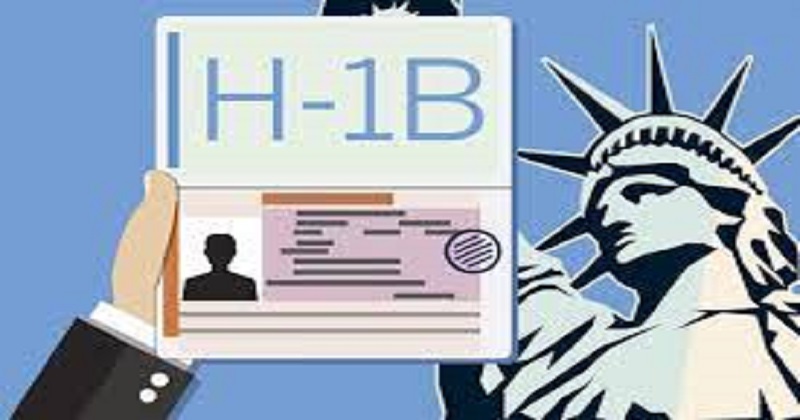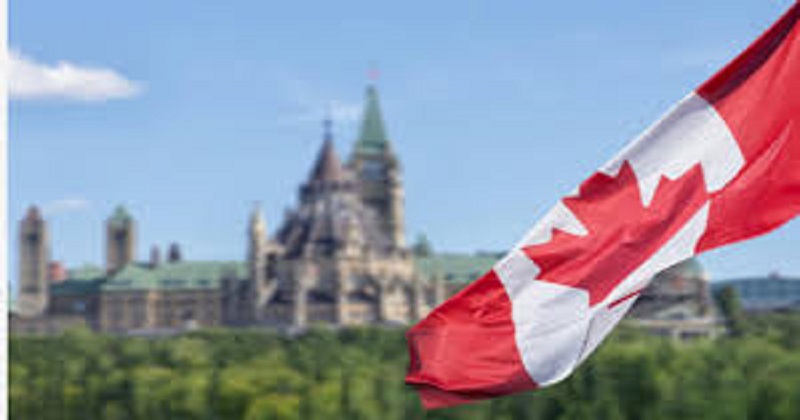
Experts have told US lawmakers that India’s much-coveted talent is now being attracted to Canada in large numbers instead of the United States due to its outdated H-1B visa policy. The main reason is the per-country quota for granting employment-based green cards and permanent residency, the experts said on Tuesday, calling on Congress to act fast to stop Indian talent from moving to Canada from the United States.
Stuart Anderson, executive director of the National Foundation for American Policy, said without Congressional action, the backlog would grow from 9,15,497 to 21,95,795 by fiscal 2030 if nothing is done. The House Judiciary Committee-Subcommittee on Immigration and Citizenship heard evidence that in a decade, more than 2 million people would be waiting for years or even decades for employment-based green cards.

‘Oh, Canada!’ panelists testified. Anderson asserted that out-dated US immigration policies are driving top talent to other countries, including international students. ‘This is because of the difficulty of working in the United States with H-1B status or gaining permanent residence and the relative ease of acquiring permanent residency in Canada by international students and foreign nationals,’ he said. In the academic years 2016-17 and 2018-19, the number of international students from India enrolling in graduate-level computer science and engineering programs declined by over 25%, according to a study by the National Foundation for American Policy (NFAP).
The significance of this decline can be gauged by the fact that international students account for approximately 75 percent of full-time graduate students studying computer science at US universities, and two-thirds of those students were from India in the 2016-17 academic year. In spite of fewer Indians going to American universities, Canadian universities have gained 127 percent more Indian students in four years.

To summarize, Canada’s immigration policies facilitate the entry of talented individuals much better than America’s. It was written before smartphones, e-commerce, social media, cloud computing, and everyday use of the internet exploded the demand for high-skilled technical labor that the U.S. Congress established policies in 1990. Since 1990, the world has changed. Anderson said that immigration policy hasn’t changed. Canada’s government has made it easier for employers to recruit and retain talent. ‘The vast majority of foreign-born employees can’t work in the United States due to numerical restrictions on high-skilled temporary visas’, Anderson said.
Only 85,000 H-1B petitions were filed in March 2021 for a cap selection of 3,08,613 H-1B registrations. According to him, over 72% of high-skilled foreign nationals’ registrations were rejected before an adjudicator assessed the application. Jennifer Young, CEO of the Technology Councils of North America, said that fast-growing Canadian companies were able to hire skilled foreign workers in as little as four weeks before the pandemic, people who share the skillsets of most H-1B applicants in the United States. US immigration law is primarily paper-based, which results in delays for nearly all applicants, she said.
Ketaki Desai, a former colleague of Young’s, and her husband were both educated in the United States on student visas. After graduation, they obtained H-1B status and became valuable contributors to the US economy. They left the United States after 18 years and realized that their chances of permanent residency were very slim, so they moved to Toronto, Canada. They have purchased a house and are actively recruiting individuals to leave the US and come to Canada, she told lawmakers.
Read more: Breaking News: Army opens fire on Pak quadcopter along the Line of Control
Young noted that the United States has turned away millions of highly skilled individuals who are going abroad to contribute to their economies through H-1B visas and per country immigrant visas, noting that these issues often get left out of an overall immigration reform bill. Science Journals CEO and Executive Publisher Sudip Parikh told lawmakers that it is critical that US immigration policies reflect a 21st-century approach in the same vein that Congress is contemplating legislation to accelerate research and innovation in critical technologies to compete with China.
Parikh urged Congress to expand dual intent visas to include foreign student visas (e.g., F-1 visas) so that they can apply for permanent residency and to adjust post-graduation immigration law to facilitate skilled workers’ entry into the workforce. ‘International students who graduate with a diploma in targeted fields of study should be granted green cards,’ he said, calling on Congress to exempt higher education and research institutions from the H-1B cap.

Post Your Comments